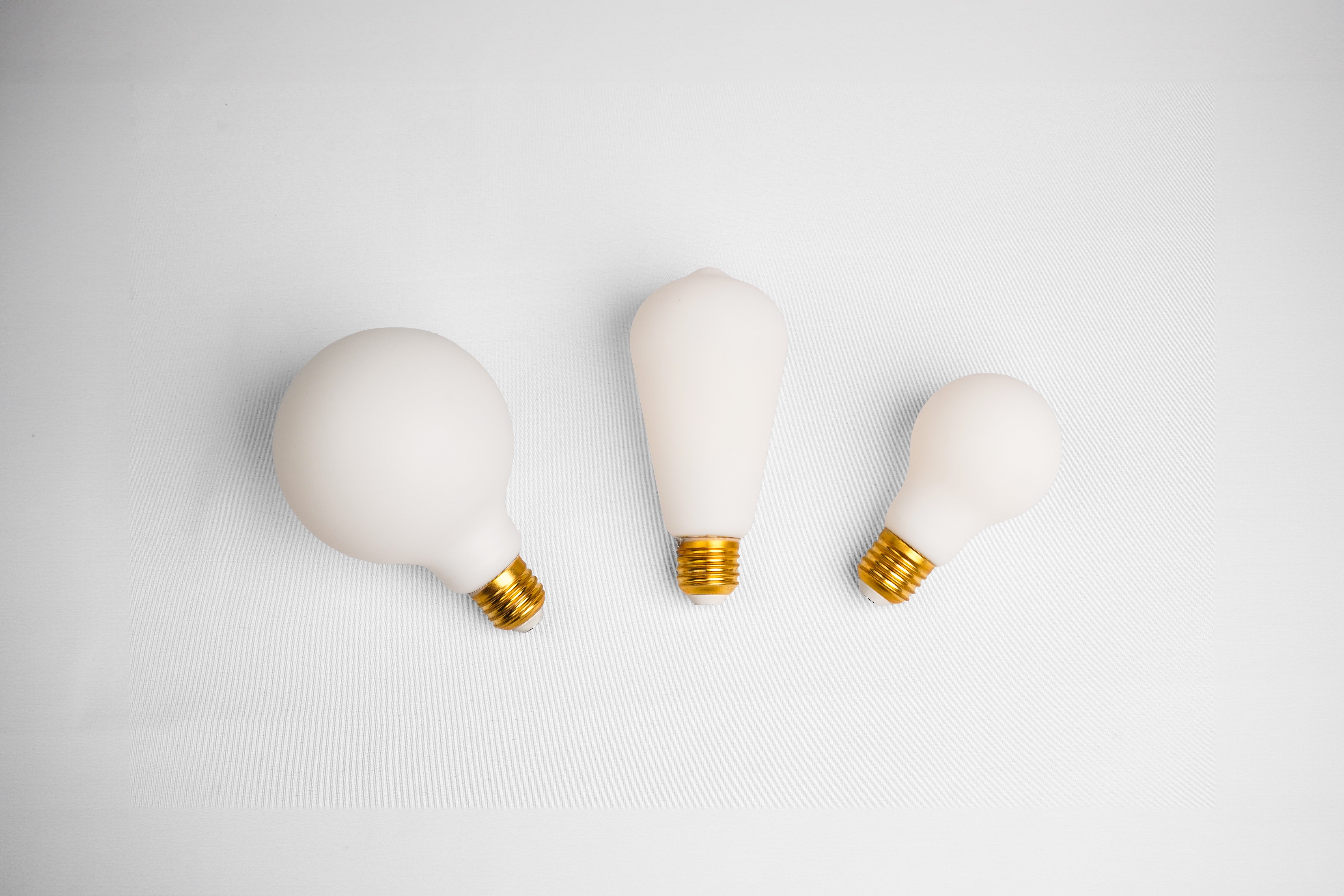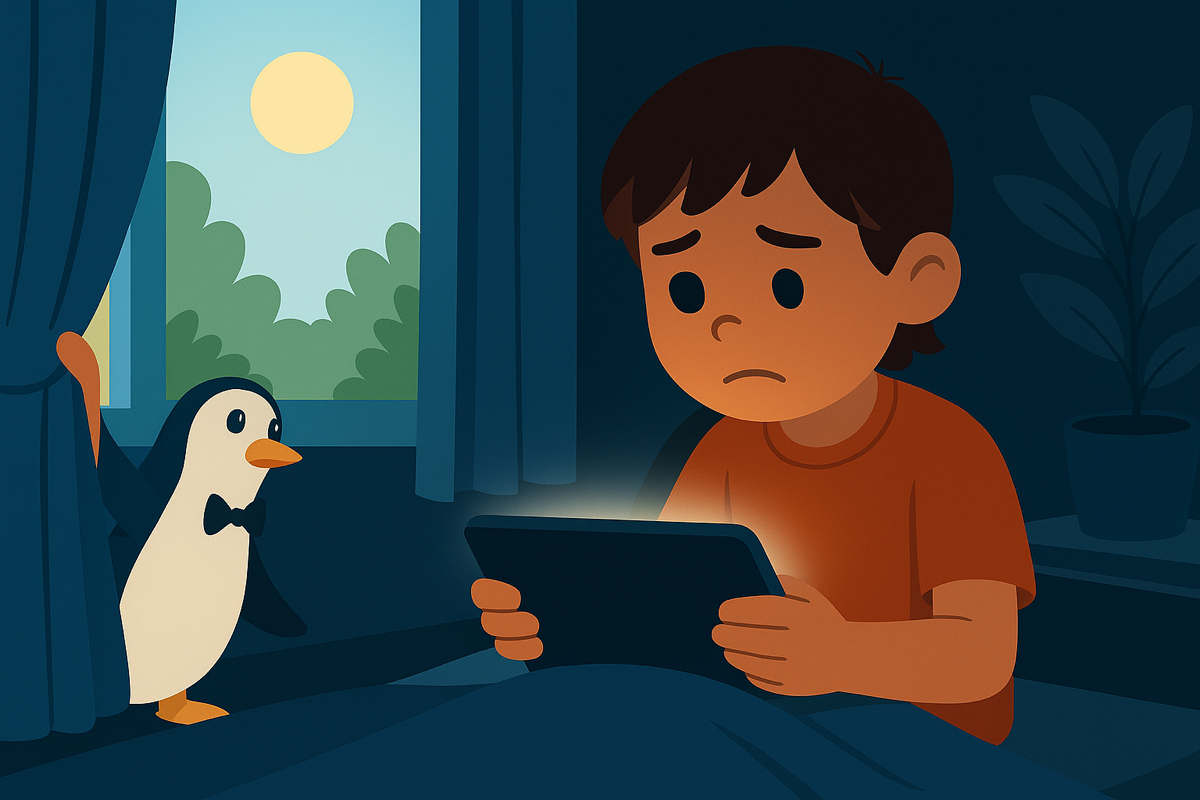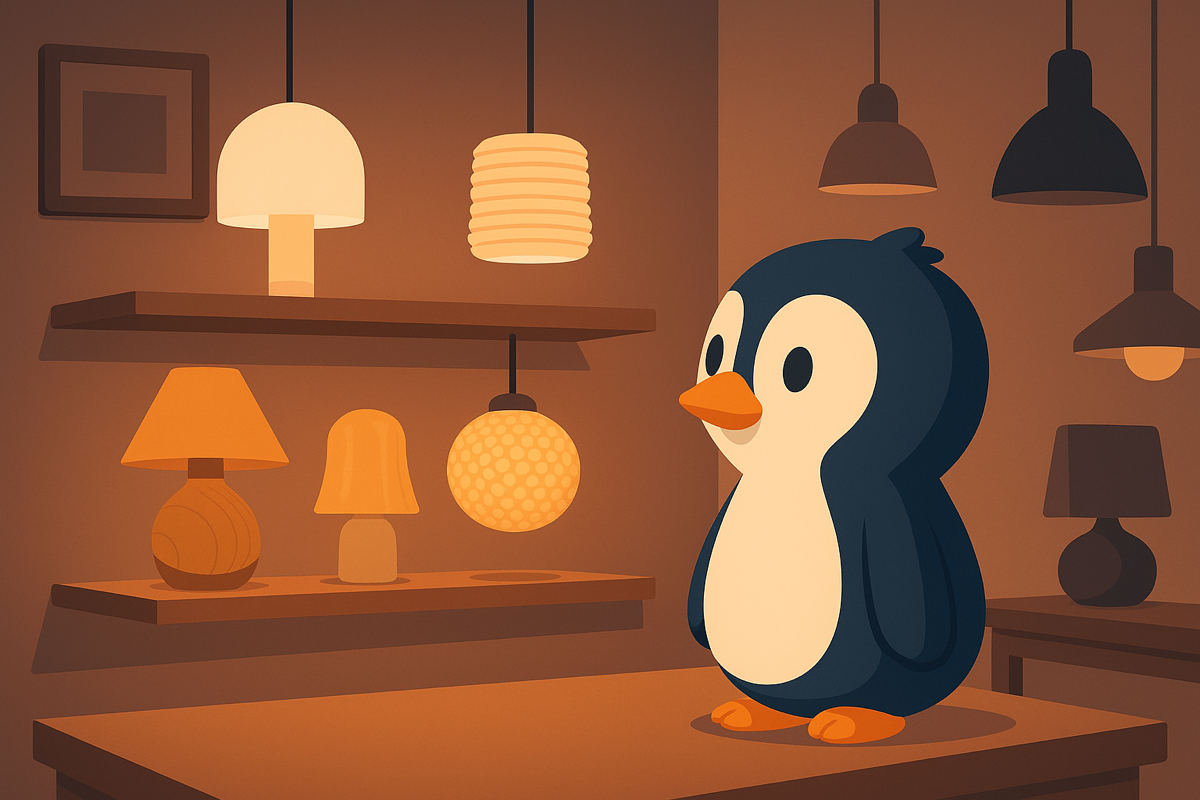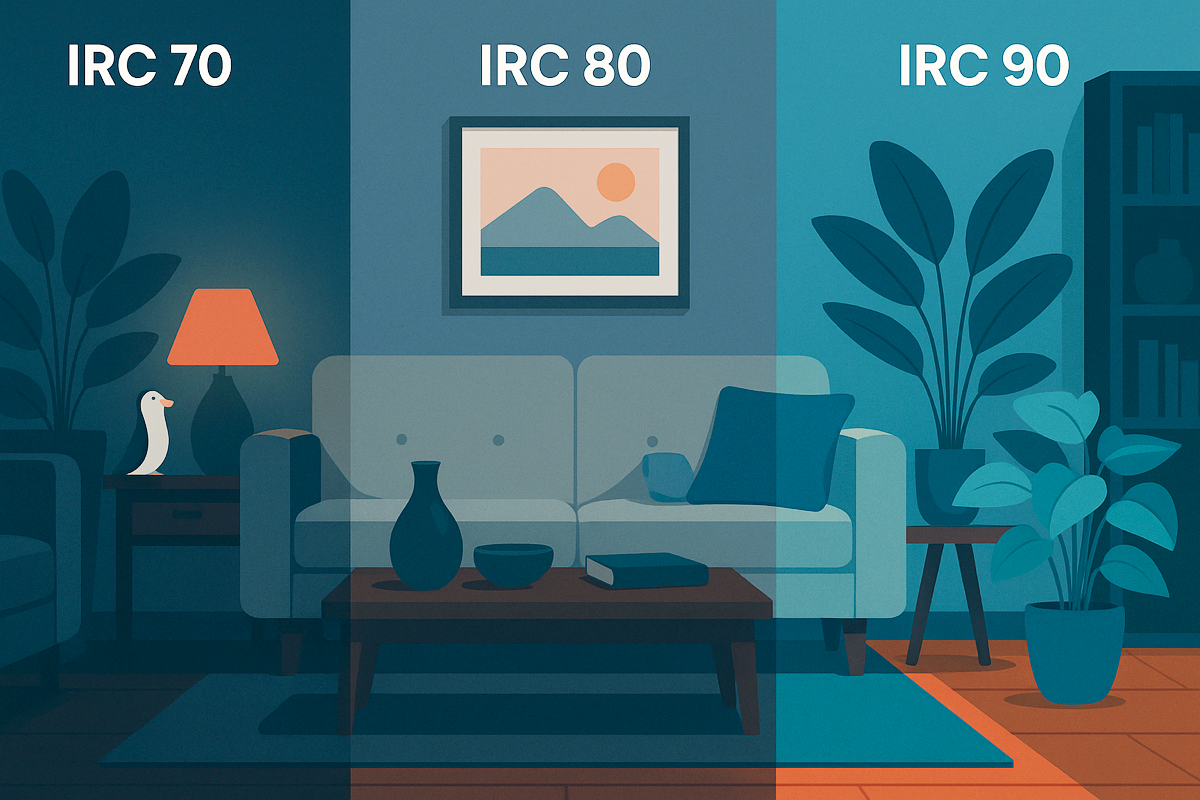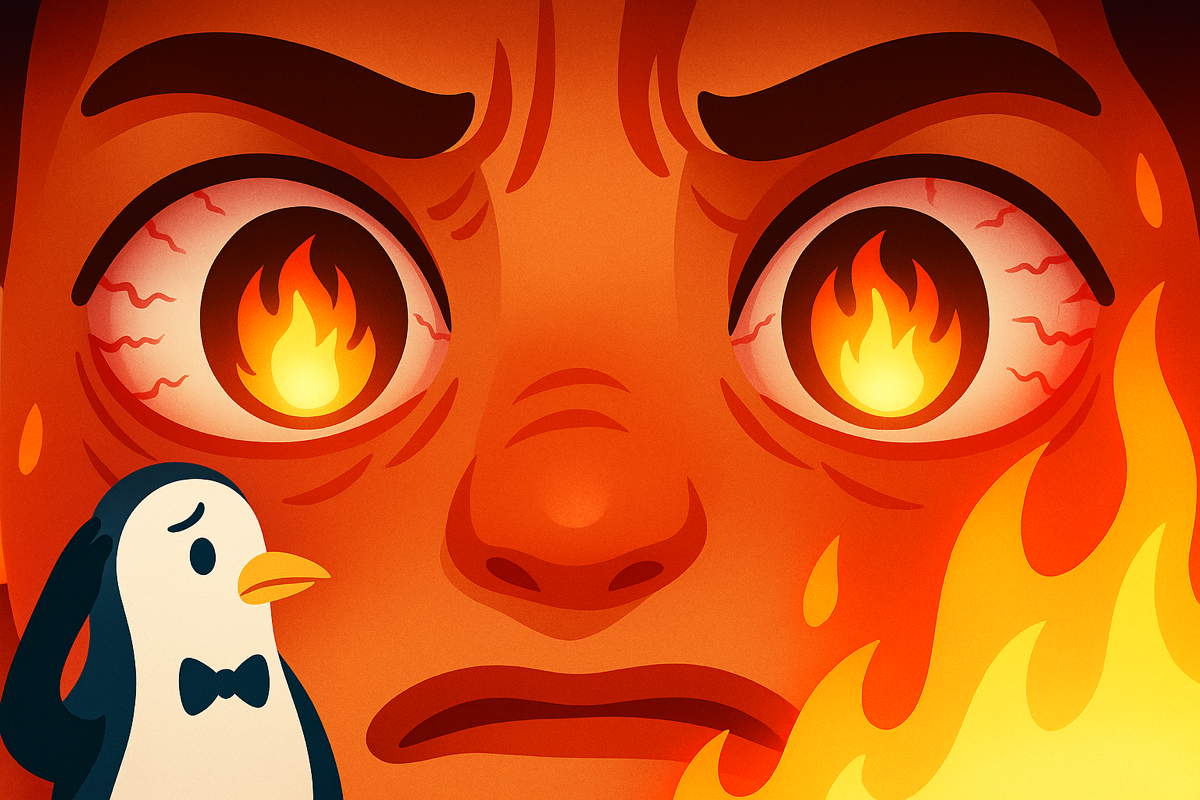Reading time: 5 min
In short:
It's not so much the number of hours spent in front of screens that's the problem, but the way children use them. Too much proximity, too little natural light, too much passive content: this combination damages their eyes... and their attention.
📌 Summary
The real danger: distance and fixity
Our eyes aren't designed to stay fixed on a nearby point for hours on end. Even less so are children's. Constant proximity to screens requires intense focusing. The result: eye strain, blurred vision... and sometimes, permanent deformation.
It's not just "screen time" that's damaging, but more importantly, the fact that we never rest our gaze in the distance or move. Myopia is progressing because children spend too much time indoors, without natural light, with their noses glued to screens.
What science shows about myopia
Over the past 30 years, the rate of myopia among children has exploded. Studies show that prolonged exposure to near objects (screens, books, homework) is a major factor. The eyeball elongates, and distance vision gradually deteriorates.
The other determining factor? Lack of natural light. The more time a child spends outdoors, the less myopic they become. Not because of physical activity, but because of the light intensity their eyes receive.
🎥 Watch our video on myopia and light
What children do on the screen
A video chat with grandparents doesn't have the same impact as a string of TikTok videos. The problem is rarely the screen itself, but rather the way it's used. Prolonged passivity, overstimulation, and endless scrolling: these disrupt attention and increase mental fatigue.
Learning to use screens intelligently is also part of digital hygiene. By maintaining a minimum distance, varying activities, and avoiding screens just before bed, we restore a healthier balance.
How to protect their eyes on a daily basis
No need to ban. We need to reorganize. Here are some simple actions that will make a difference in the long run:
- Respect the 20-20-2 rule (every 20 minutes, look 20 m away for 2 minutes)
- Go out into natural light for at least 1 to 2 hours a day
Laqi circadian bulbs recreate a rhythm indoors that's consistent with the sun's. They help children rest their eyes... and their brains, without them even realizing it.
💬 FAQ
How much screen time is recommended based on age?
Less than 1 hour/day before age 6, and with breaks. Then, the important thing is to balance: light, activity, active vs. passive use.
Is screen light bad?
It's especially bad in the evening. It blocks melatonin and delays sleep. During the day, it's mainly proximity that tires the eyes.
Does circadian lighting really help?
Yes. It creates a consistent lighting environment that respects the biological clock. It's a healthy foundation, especially for younger children.
Less control, more light
Rather than counting screen time, let's ask the question: "What use? At what distance? In what light?" This is where lasting change comes from. And your children's eyes will thank you.

